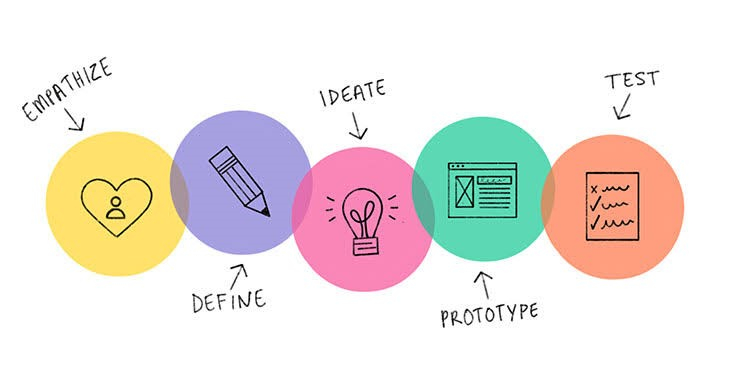
Strategic design is a multidisciplinary approach that combines elements of design thinking, business strategy, and innovation to create holistic and effective solutions for complex challenges. It involves using design methodologies and principles to develop strategies that align with an organisation's goals and objectives.
At its core, strategic design is about understanding and addressing the needs of various stakeholders, including customers, employees, partners, and the wider community. It goes beyond aesthetics and focuses on creating meaningful experiences, products, and services that deliver value and achieve strategic outcomes.
Problem-solving: Strategic design is employed to tackle complex problems and find innovative solutions. It helps organisations analyse and understand the root causes of issues, identify opportunities for improvement, and develop strategies to address them effectively.
User-centricity: Strategic design places a strong emphasis on understanding and empathising with end-users. By incorporating user research and feedback, organisations can gain valuable insights into user needs, behaviours, and preferences. This information guides the design process and ensures that solutions are tailored to meet user expectations.
Business strategy alignment: Strategic design helps align design decisions with broader business goals and objectives. It involves considering factors such as market trends, competitive landscape, and organisational capabilities to create strategies that support growth, differentiation, and long-term success.
Innovation and creativity: Strategic design encourages organisations to think outside the box and embrace innovative ideas. It fosters a culture of creativity, experimentation, and risk-taking, allowing businesses to explore new opportunities, develop unique value propositions, and stay ahead of the competition.
Experience design: Strategic design recognizes the importance of creating exceptional experiences for customers and other stakeholders. It involves designing interactions, touchpoints, and journeys that are intuitive, engaging, and memorable, thereby enhancing customer satisfaction, loyalty, and brand perception.
Design thinking integration: Strategic design leverages design thinking principles, which involve a human-centred and iterative approach to problem-solving. Design thinking encourages a deep understanding of user needs, prototyping and testing solutions, and iterating based on feedback. By incorporating design thinking, strategic design promotes agility, adaptability, and continuous improvement.
Organisational transformation: Strategic design extends beyond individual products or services and can drive organisational transformation. It can reshape business models, processes, and structures to foster a culture of innovation, collaboration, and customer-centricity throughout the organisation.
In summary, strategic design combines design methodologies and strategic thinking to create solutions that address complex challenges, align with business goals, and deliver exceptional user experiences. Its scope encompasses problem-solving, user-centricity, business strategy alignment, innovation, experience design, design thinking integration, and organisational transformation. By integrating strategic design into their operations, organisations can gain a competitive advantage and achieve sustainable growth in today's dynamic and customer-centric business landscape.